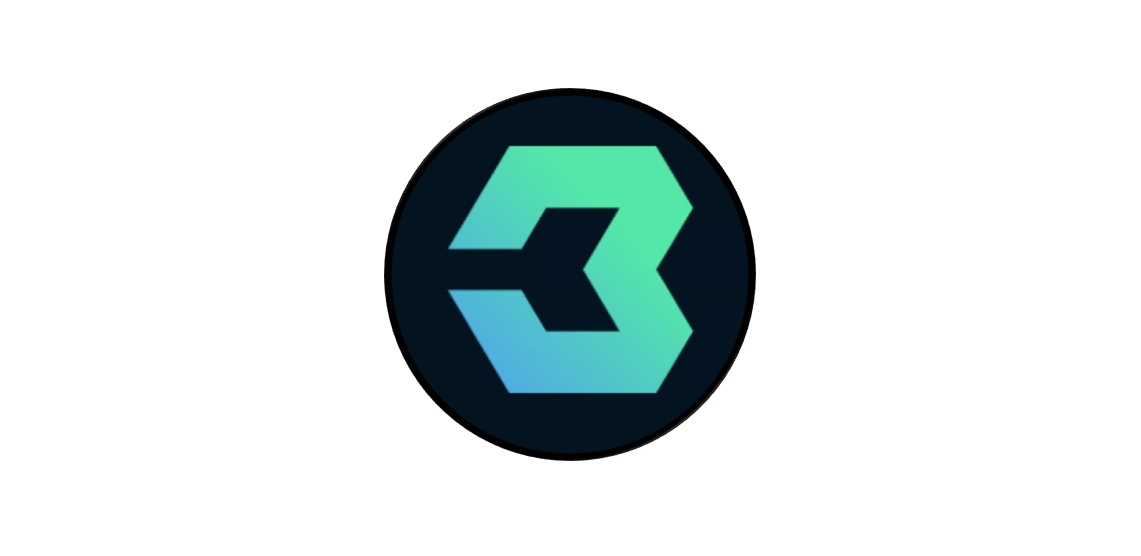Chaque semaine, nous vous proposons en version intégrale un article BLOCKSTORIES, une plate-forme de référence pour les institutionnels concernant les cryptoactifs.
Cet article est extrait de leur newsletter hebdomadaire. Vous disposez d'un lien en bas d'article pour vous y abonner.
On July 1, 2024, Circle became the first to secure a MiCA license for issuing a stablecoin under the dual issuance model, preserving USDC’s fungibility through two entities, one in the U.S. and one in Europe. More than a year on, our investigations reveal that questions still surround how reserves are rebalanced between the two, with the ACPR, France’s banking regulator, maintaining close oversight of the model.
Why it matters
Under MiCA, large stablecoin issuers must keep at least 60% of reserves in EU bank deposits to guarantee local redemptions if the global entity encounters trouble. For Circle, that requirement shifts a significant portion of USDC’s backing from higher-yield U.S. Treasuries to low-yield European accounts, squeezing margins. While the dual-issuance model preserves USDC’s global fungibility, it also adds complexity to reserve tracking and cross-border rebalancing — a key concern for regulators.
A European USDC ?
This complexity is why regulators considered forcing Circle to issue a separate “European USDC” during the listing process.
“Fortunately for Circle, it was not adopted. Otherwise it would have fragmented the stablecoin’s liquidity,” a source close to the matter told Blockstories.
Close monitoring with the ACPR
The main challenge is knowing exactly how many units of USDC are held by EU users, especially given the peer-to-peer nature of DeFi and self-custody. This was one of the main reasons why Circle initially obtained a “conditional” license from the ACPR, pending an assessment of the robustness of the model implemented by the company.
The current solution
To address these concerns, a source familiar with the matter outlined how Circle tracks and manages its European exposure in an effort to improve accuracy :
- CASP data : Circle receives daily information on USDC holdings in the EU from major regulated exchanges, in line with MICAR obligations.
- B2B clients via Circle France : Any European entity wishing to mint or burn USDC must go through Circle France, providing real-time visibility on their positions.
- Non-custodial estimation : An internal process, developed with the ACPR, estimates the European holdings of self-custodial wallets using internal data, geographic indicators, and proxy metrics, without absolute precision.
Automated reserve management
These data points feed into a target reserve calculation for Europe. If actual reserves deviate — for example, if USDC is redeemed in Europe after being minted in the U.S. — an automated process moves funds between the global and EU reserves. Since August 2024, both entities have had access to the Circle Reserve Fund managed by BlackRock, holding the cash and short-term U.S. Treasuries backing USDC, simplifying cross-border transfers.
Safeguards and cooperation
In addition to these practices, the French regulator made several safeguard requests, such as increasing the capital of Circle’s French entity, which the issuer accepted, according to our information.
“For now, Circle’s license is absolutely not under threat. The issuer has been fully cooperative, and reporting is closely monitored,” two sources close to the matter said.
A growing standard
Circle is not alone in adopting this structure. Last month, Paxos became a regulated issuer in Europe with its Global Dollar Network (GUSD), backed by Kraken and Robinhood, using a similar approach.
“From the very first MiCAR negotiations, it has always been widely shared among legislators that this dual issuance model would become a global standard,” an EU official told us.
Looking ahead
The challenge could intensify as more jurisdictions introduce reserve localisation rules, potentially forcing issuers to replicate this framework in multiple regions.
“The more countries that demand local reserves, the more important accurate, real-time accounting becomes for investor protection,” one regulatory source noted.
Blockstories, la plateforme de référence pour les institutionnels concernant les cryptoactifs.
Pour vous abonner :




Member discussion: